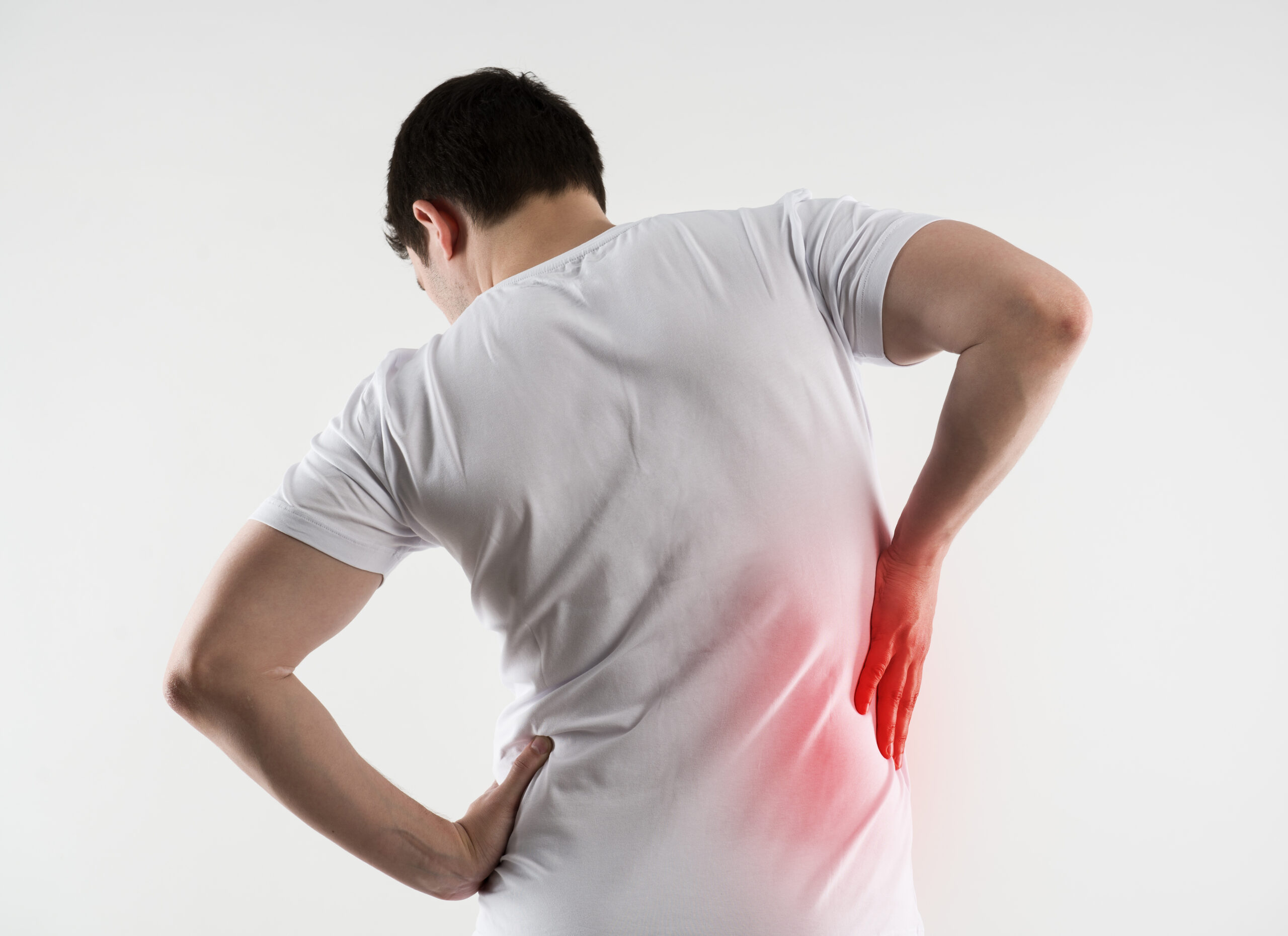Oblique injuries, also known as side strains, are common in rotational sports such as baseball, tennis, golf, and track and field. These injuries are characterized by a sudden, sharp onset of pain on the side of your rib cage. The injury usually occurs during rotational movements like swinging a bat, club, or racket; or throwing a ball.
Trunk rotation plays an important role in generating and transferring power during sports. Forces are transferred from your lower body to your shoulder and arms via your core. Activities such as throwing and swinging require the core muscles to both stabilize the trunk and create the force to transfer power to the upper body.
Anatomy of the Abdominal Oblique Muscles
Your core includes the thoracolumbar, abdominal, pelvic, and hip musculature. These muscle groups provide trunk stability. This allows integrated limb movements, such as throwing and swinging. The abdominal core muscles include the rectus abdominis, transversus abdominis, internal oblique, and external oblique. Most abdominal injuries occur in the internal and external obliques. Injuries to the intercostal muscles between your ribs are less common.
The Role of Your Oblique Muscles in Sport
Your internal and external oblique muscles are responsible for flexion and rotation of your trunk. They also provide trunk stabilization during complex sports movements. Poor mobility of your hips or thoracic spine can contribute to excessive stress and compensation through the trunk muscles during swinging or throwing. Rehabilitation often addresses hip and spine mobility with manual therapy techniques performed by your physical therapist.
An imbalance between your right and left oblique muscles is also common. We see this often in sports such as golf and baseball. This places excessive forces through the lead side oblique musculature. Finally, the large forces generated by lower body muscles (quadriceps and hamstrings) may overpower the weaker core muscles leading to injury during explosive sports movements. Core exercises integrating trunk rotation are part of an effective rehab program.
Abdominal Oblique Injuries in Baseball
A 2010 study in the American Journal of Sports Medicine investigated the incidence and trends of abdominal injuries in professional baseball players. From 1991 through 2010, abdominal strains accounted for approximately 5% of all injuries in Major League Baseball. Nearly half of these injuries were in pitchers. Injuries occurred most often during the early part of the season.
In both pitchers and position players, most injuries occurred on the side opposite to their throwing arm. Pitchers missed an average of 35 days on the disabled list. Position players missed 26 days on average. Players who receive steroid or PRP injections miss more time from injury. More than 1 out of every 10 sustained a re-injury during their career. Most of these re-injuries occur during the same or the following season. As a result of these injury trends, many MLB teams have increased their focus on preemptive core and trunk strengthening exercises for all players.
Get More Help for Oblique Injuries
The incidence of abdominal oblique injuries is on the rise in rotational sports such as baseball and golf. These injuries result in substantial loss of playing time. Proper training and exercise can prevent abdominal oblique injuries from occurring. These exercises can also be part of a comprehensive rehabilitation program to safely return an injured athlete to sport. If you are looking for help designing the right exercise program, call your physical therapist and schedule an initial evaluation.
References
- Camp CL, Conte S, Cohen SB, et al. Epidemiology and impact of abdominal oblique injuries in major and minor league baseball. Orthop J Sport Med. 2015;5(3):1-8. doi:10.1177/2325967117694025.
- Conte SA, Thompson MM, Marks MA, Dines JS. Abdominal muscle strains in professional baseball. Am J Sports Med. 2010;40(3):650-656. doi:10.1177/0363546511433030.
- Nealon AR, Kountouris A, Cook JL. Side strain in sport: A narrative review of pathomechanics, diagnosis, imaging and management for the clinician. J Sci Med Sport. 2017;20:261-266.

